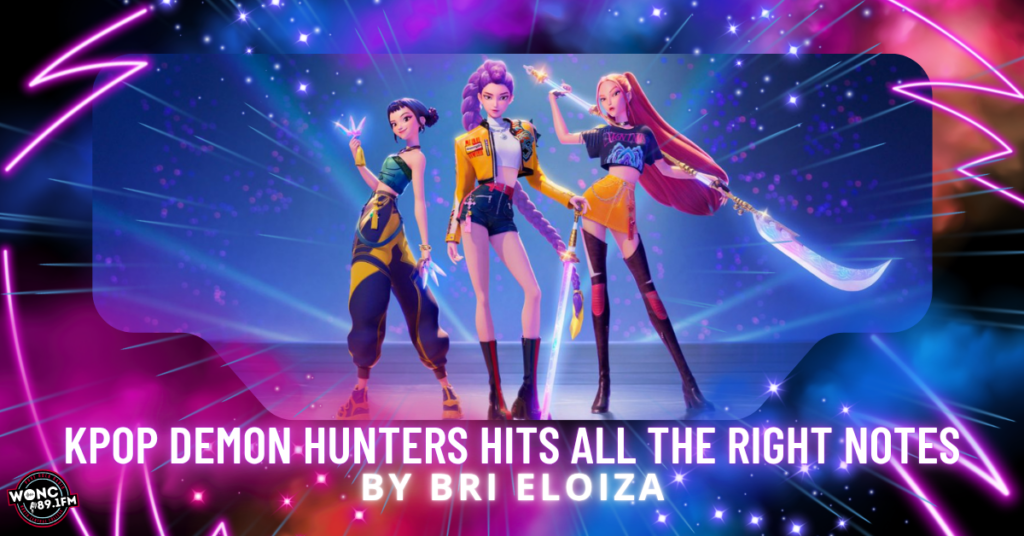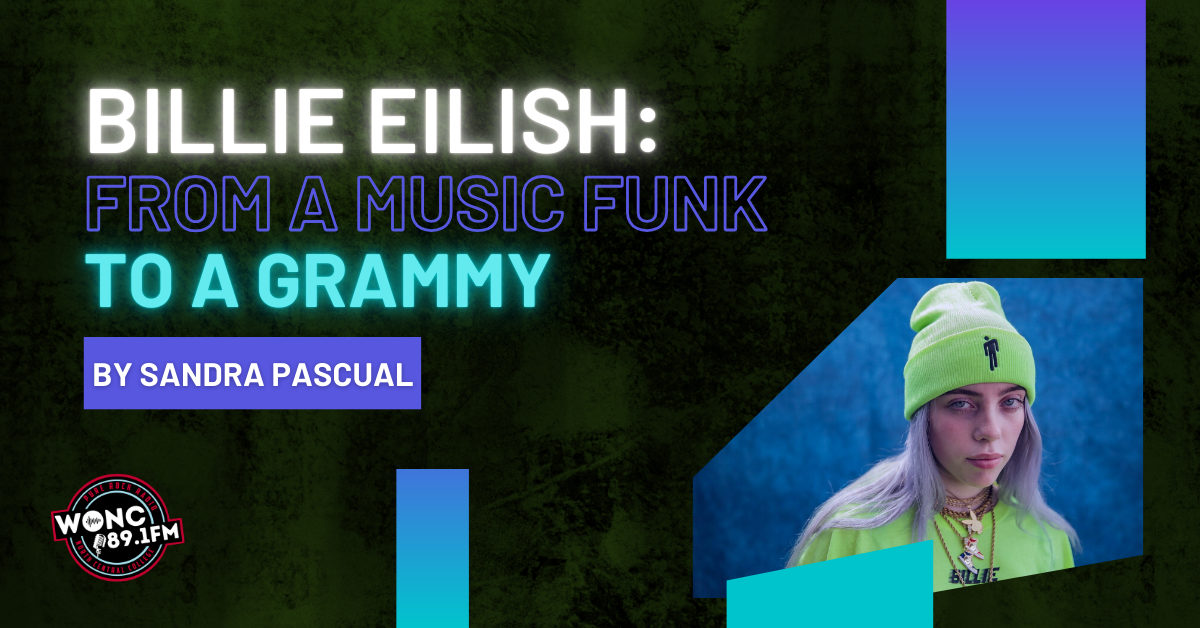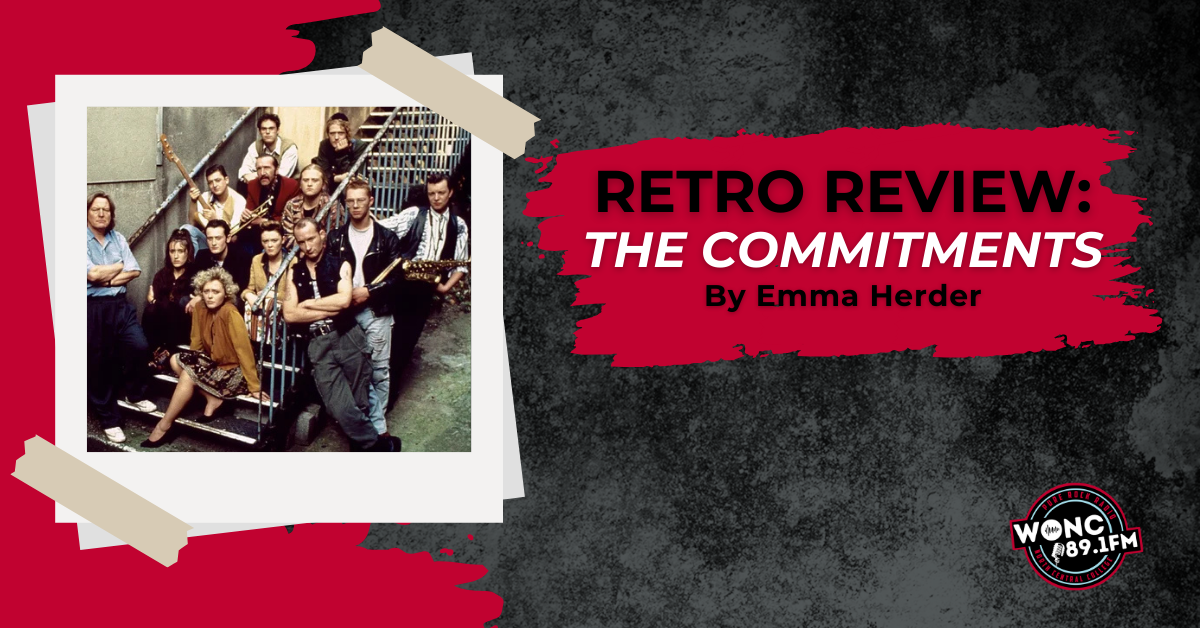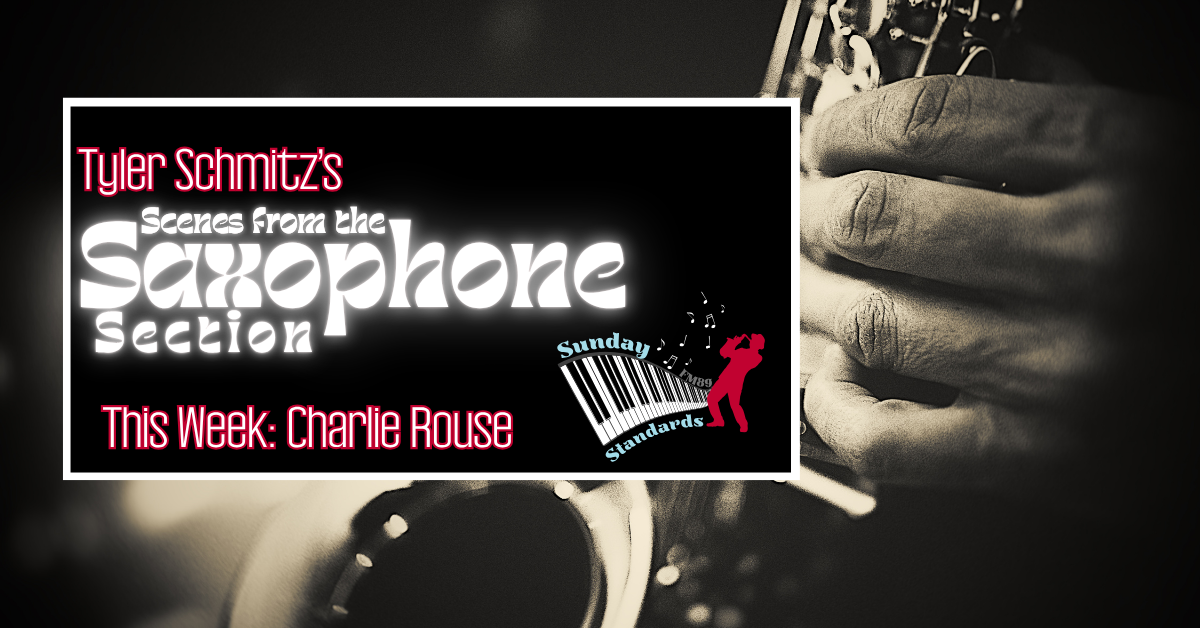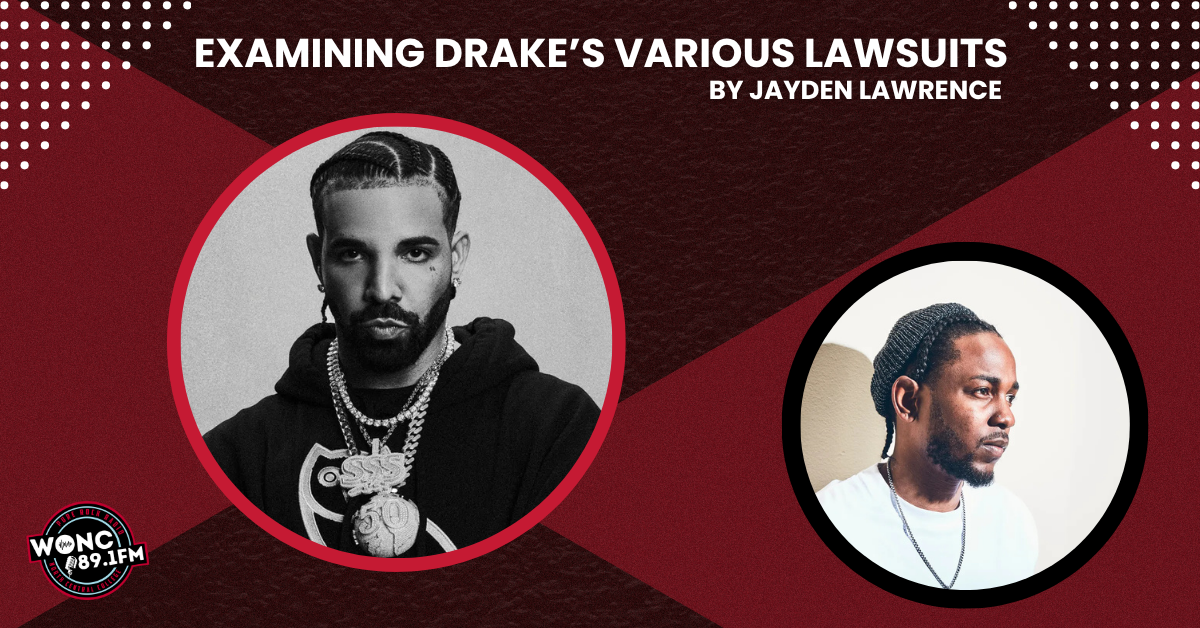by Bri Eloiza
Unless you’ve been living under a rock, don’t have small children, or don’t have a Netflix account, you’ve most likely heard of a movie called KPop Demon Hunters (a.k.a, the animated movie of the summer, a.a.k.a Netflix’s most streamed movie ever).
The story follows a KPop performing/demon hunting trio, HUNTR/X, comprised of members Rumi, Mira, and Zoey, who were selected as this generation’s protectors from Gwi-Ma, a demon spirit. We learn that demons feed off the shame of people in the human world, and it’s the voices of the hunters that keep people safe by powering the Honmoon, the magical shield made up of energy from their songs.
Gwi-Ma knows the hunters are close to successfully completing the Honmoon, meaning that demons would be completely unable to access the human world. Luckily for him, Jinu, a demon and the leading male character of the movie, devises a plan to form his own demon boy band to “go after the one thing that harvests the Honmoon, the fans.” It turns out that the demon boy band, the Saja Boys, are pretty talented, and now it’s up to HUNTR/X to stop the Saja Boys and Gwi-Ma from destroying the Honmoon and taking over the human world.
Coming from someone who just started listening to KPop a few months ago, the film does a good job highlighting a lot of the KPop industry: the competition between male and female groups, the over-the-top Korean game shows that Idols are invited to, even the songs and performances. The KPop industry, as I understand it, works to form groups that are the whole package; strong vocalists, strong dancers, strong performance quality, and members that are conventionally attractive by Korean beauty standards. It’s clear through the fans in the film that both groups achieve these standards which contributed to both group’s mass following and success.
Although we learn that Rumi struggles with a part of her identity that she keeps a secret (sorry, no spoilers), I think that Rumi’s stress and anxiety throughout the film also represents the pressures and hardship of being an “Idol” in the industry. The rehearsal schedule, performance schedule, fan events, strict diets, and consistently putting out new music can be too much for Idols sometimes, often resulting in a member’s hiatus from their group. While Rumi is able to find support in her group and take breaks for herself, not all Idols are that lucky.
Another interesting thing that creators of the film included was the commonly overlooked dark side of the KPop industry. Every member of the Saja Boys has a name that represents a darker concept rather than their personalities, besides Jinu, who happens to be the only member with any significant storyline or screentime. Abby Saja, who has this name because he’s the more muscular member, represents the oversexualization of male idols in the industry. Romance Saja represents the intense parasocial relationships that fans form with Idols. Mystery Saja represents the sort of obsession some fans have with knowing everything about the private lives of their favorite Idols. Baby Saja represents the infantilization of idols within the industry, but also the obsession and often sexualization of the “Maknae,” the youngest member of a group.
On a lighter note, it’s not a surprise that my favorite parts of the film, and the two things that caught my attention at first, were the soundtrack and art style. The artwork is so bright and colorful and is so intentional in the way that the characters and setting are designed. All the characters are animated in a way to look “more Korean” through each character’s eye shape and the way their mouths move when speaking and singing, according to co-director and co-writer Maggie Kang.
As for the soundtrack, I have no notes. I couldn’t get “Soda Pop” by the Saja Boys or “Golden” by HUNTR/X out of my head after the first time I watched the movie (and I’ve seen it 4 times now). I wouldn’t be surprised if either of those songs ended up on my Spotify wrapped from how often I listened to them this summer.
My ONLY critique is that I wish there was more content. I had originally thought that KDH was a show when I planned to watch it the first time, and I still hold the opinion that it would have been better as a show with 8-10 episodes. There’s so much we don’t know about Zoey and Mira, the other Saja Boys, Rumi’s parents, and I think all that could have been really cool to see. Yet, I’m excited to see what the sequel will have in store. Until then, I’ll be listening to the soundtrack on repeat!

